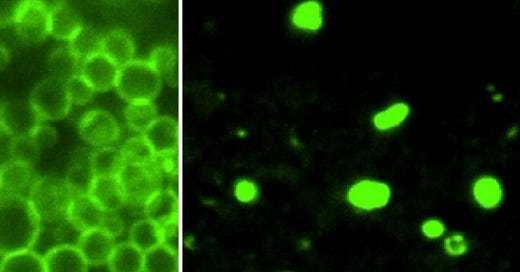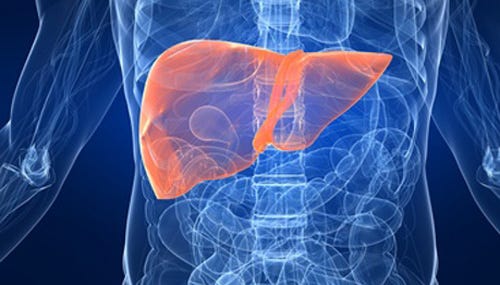Sci-Ed Update 270
HAPS lapse, Liver influences body clock, Why mosquitos love you, Brain imaging finds gestures, Amputees sense temp, Improving reproductive health, How the Med Diet works, Regeneration of skull bone
HAPS 2023 Lapse
There’ll be a bit of lapse in getting these update newsletters out to you because I’ll be up to all sorts of adventures at the annual conference of the Human Anatomy & Physiology Society—HAPS 2023. One could call it a “HAPS lapse.” If one were that sort of person.
If you’ll be at HAPS 2023, please make sure you find me and say hello! And if you’ll be there Sunday for the second day of the workshop part of the conference, please consider attending the workshop that I’m a part of:
Editing A&P textbooks through a DEI lens: Authors' perspectives
Session B305: Sunday, May 28 at 11:00 AM
Variation is a core concept of anatomy, yet earlier texts were lacking in representing the diversity of the human population. Textbooks strive to ensure that all learners feel represented. As authors, our strong commitment to Diversity, Equity and Inclusion (DEI) can be quite challenging since there is no universally accepted inclusive terminology and descriptions for many topics. We must balance descriptions for our entire readership, and not every reader may agree with specific terminology or descriptions. Join a lively dialog with several textbook authors, sharing their DEI journeys.
The Circadian rhythm is a natural cycle of physical, mental, and behavioral changes that the body goes through in a 24-hour cycle. Circadian rhythms are mostly affected by light and darkness and are controlled by a small area in the middle of the brain. Now, a new study in mice led by researchers at the University of Queensland (UQ) has revealed liver cells influence the body’s internal circadian clock, which was previously believed to be solely controlled by the brain.
The findings are published in Science Advances in an article titled, “Mice with humanized livers reveal the role of hepatocyte clocks in rhythmic behavior.”
Read more→ AandP.info/ll7
How can mosquitoes find you? All you have to do is exhale
Free-flying mosquitoes gravitate toward pads that emit carbon dioxide, which is found in human breath.
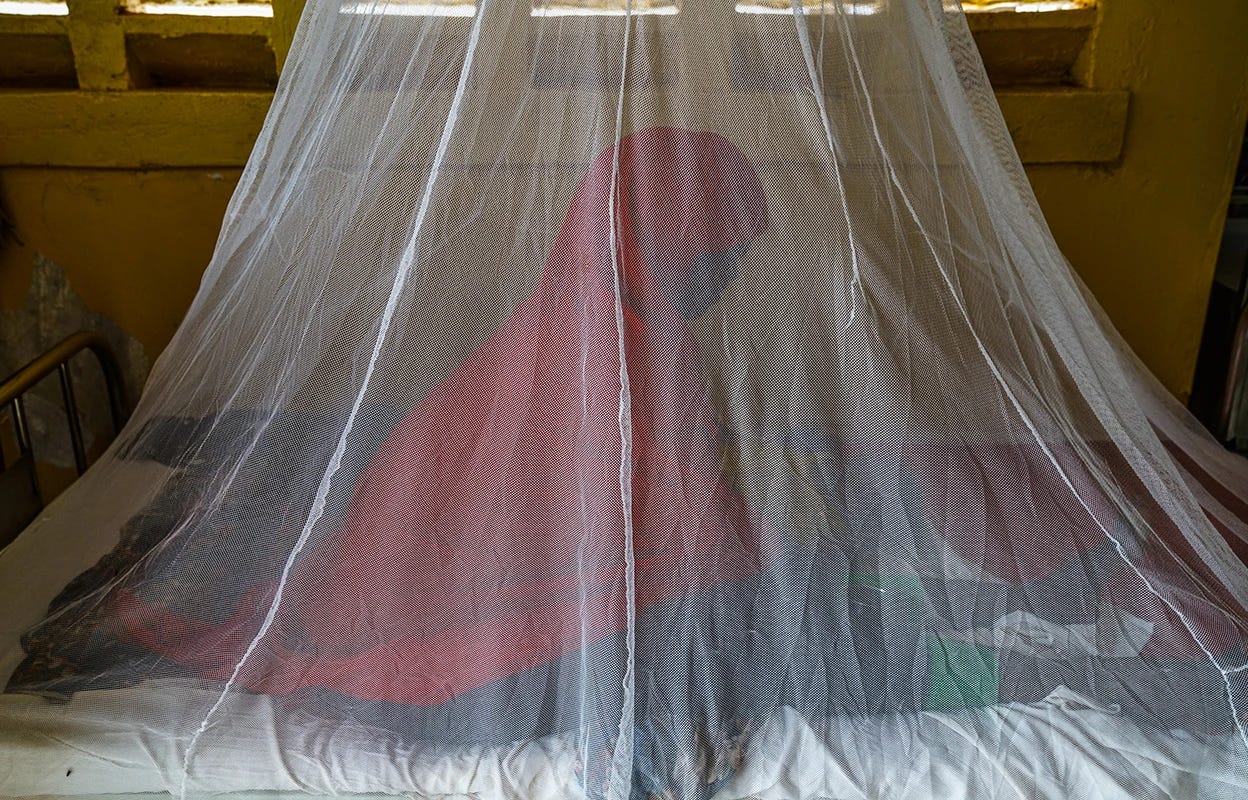
Certain people really are ‘mosquito magnets’, probably because of the way they smell, according to research that used an outdoor testing arena about the size of a basketball court1.
To study how the malaria-carrying mosquito Anopheles gambiae chooses humans to bite, Diego Giraldo at Johns Hopkins University in Baltimore, Maryland, and his colleagues released 200 A. gambiae mosquitoes into a 1,000-cubic-metre cage in Zambia. The researchers used cameras to monitor how often the mosquitoes landed on aluminium pads that were heated to the temperature of human skin. They found that mosquitoes were strongly attracted to heated pads that also emitted carbon dioxide, a chemical that all vertebrates release through their breath and skin.
Read more→ AandP.info/kyq
New study shows noninvasive brain imaging can distinguish among hand gestures
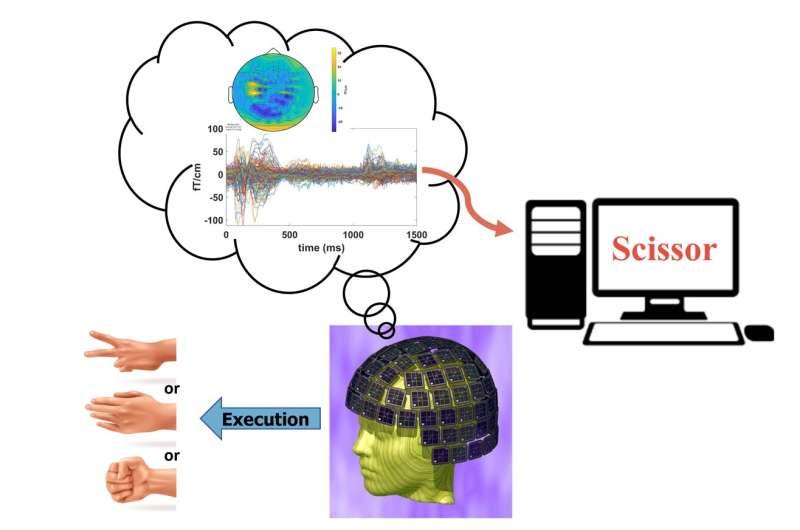
Researchers from University of California San Diego have found a way to distinguish among hand gestures that people are making by examining only data from noninvasive brain imaging, without information from the hands themselves. The results are an early step in developing a non-invasive brain-computer interface that may one day allow patients with paralysis, amputated limbs or other physical challenges to use their mind to control a device that assists with everyday tasks.
The research, recently published online ahead of print in the journal Cerebral Cortex, represents the best results thus far in distinguishing single-hand gestures using a completely noninvasive technique, in this case, magnetoencephalography (MEG).
Read more→ AandP.info/ftg
Amputees Sense Temperature in Missing Limbs
A new study reveals amputees can feel temperature in their phantom limbs using thermal electrodes placed on their residual arms. Participants in the study reported feeling heat or cold, and discerning material types, such as copper, plastic, or glass.
This development has paved the way for new bionic technology that offers non-invasive temperature feedback, bringing us closer to fully realized bionic touch.
Key facts:
The thermal electrodes, also known as thermodes, can stimulate the sensation of temperature in the missing limb of amputees.
This innovative technology allowed participants to identify material types based on their heat conductivity.
The study’s success has opened up possibilities for integrating this temperature feedback system into prosthetic devices, enhancing the quality of life for amputees.
Read more→ AandP.info/q94
How over-the-counter birth control pills could improve reproductive health
The change could remove barriers that can make getting this birth control option challengingh

Being able to buy birth control pills off the shelf took a big step forward on May 10. Two advisory committees to the U.S. Food and Drug Administration voted unanimously to make a birth control pill available without a prescription.
The pill, called Opill and known by the generic name norgestrel, is a progestin-only pill. That’s in contrast to combined oral contraceptive pills, which contain progestin—or another form of progesterone — along with a form of estrogen (SN: 4/13/23). Progesterone and estrogen are two of the hormones that regulate the menstrual cycle.
If Opill gets the over-the-counter nod [from the FDA], it would become the most effective birth control method on store shelves, surpassing existing options like condoms and sponges. It would also remove barriers that can make getting this birth control option challenging for many people.
The possibility that a birth control pill could become more easily available comes as the United States faces a maternal mortality crisis, abortion bans and possible restrictions on an FDA-approved abortion medication (SN: 3/16/23; SN: 6/24/22; SN: 5/18/23). Science News talked with two sexual and reproductive health equity researchers about the impact of over-the-counter access to the pill on reproductive health and autonomy. The interviews were edited for length and clarity.
Read more→ AandP.info/zwy
Experiment Reveals How The Mediterranean Diet Works at The Cellular Level
The Mediterranean diet has become famous far beyond its namesake sea, as research increasingly supports its longstanding reputation for boosting health and longevity.
Studies have shown that people on the Mediterranean diet – which emphasizes plant-based foods and fish, and not so much red meat or dairy – tend to be healthier in multiple ways, with lower rates of heart disease, cancer, diabetes, dementia, and overall mortality.
But why? Despite strong evidence for health benefits, it remains unclear how exactly this mix of foods, at the cellular level, can lengthen lifespan.
That may be changing, though. A study led by researchers from Stanford University in the US has revealed cellular effects of the Mediterranean diet for the first time, based on how one of its healthy fats influenced lifespan in nematodes, also known as roundworms.
Finding this link is a big deal, the study's authors say, offering new insights on the health effects of various fats and the role diet plays in longevity.
Read more→ AandP.info/wzz
Mechanical Force on the Skull May Aid Bone Regeneration
By mechanically inducing the expansion of cranial sutures in young adult mice, researchers stimulated stem cell proliferation that is key to healing bone injuries.
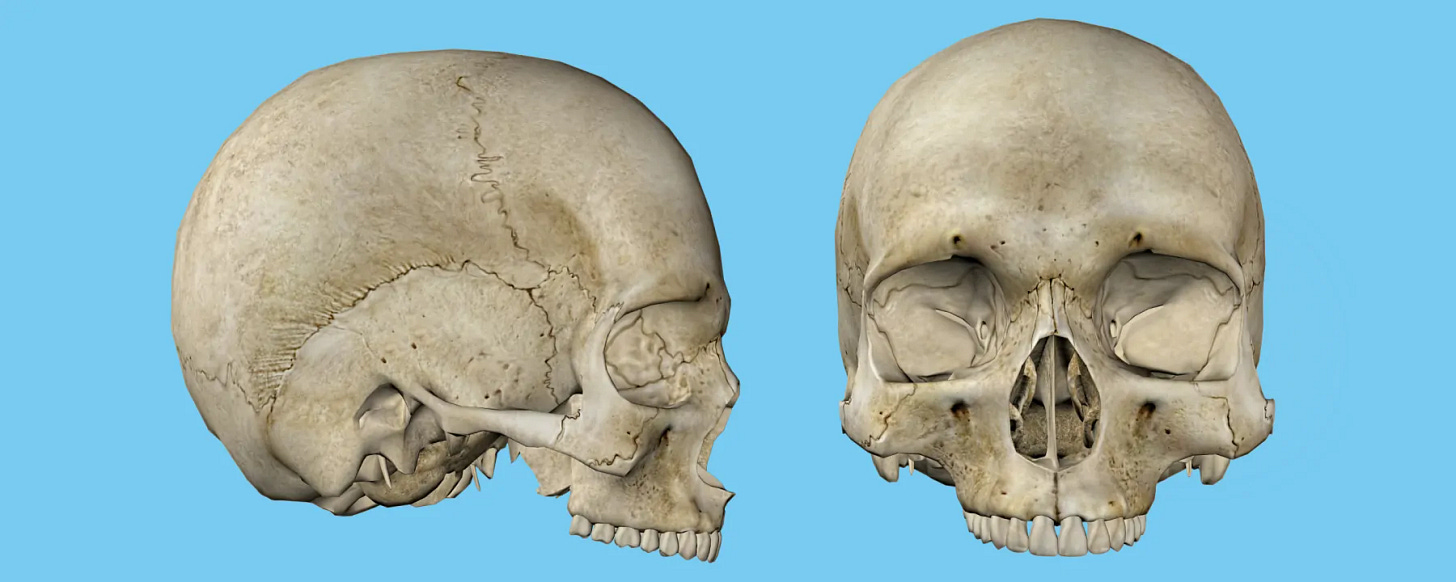
Treatments available to repair damage to the skull as a result of trauma, surgery, or congenital anomalies are limited and sometimes involve risks. A study recently published in PNAS (1) offers an alternative approach inspired by how babies regenerate bone tissue.
The researchers expanded on previous studies (2,3) showing that open sutures—the fibrous connective tissue holding bones together—in the skulls of newborn mice and humans are reservoirs of skeletal stem cells. The temporary mechanically-induced expansion of closed sutures in young adult mice resulted in the proliferation of skeletal stem cells and facilitated bone regeneration following an injury.
Read more→ AandP.info/ch9

